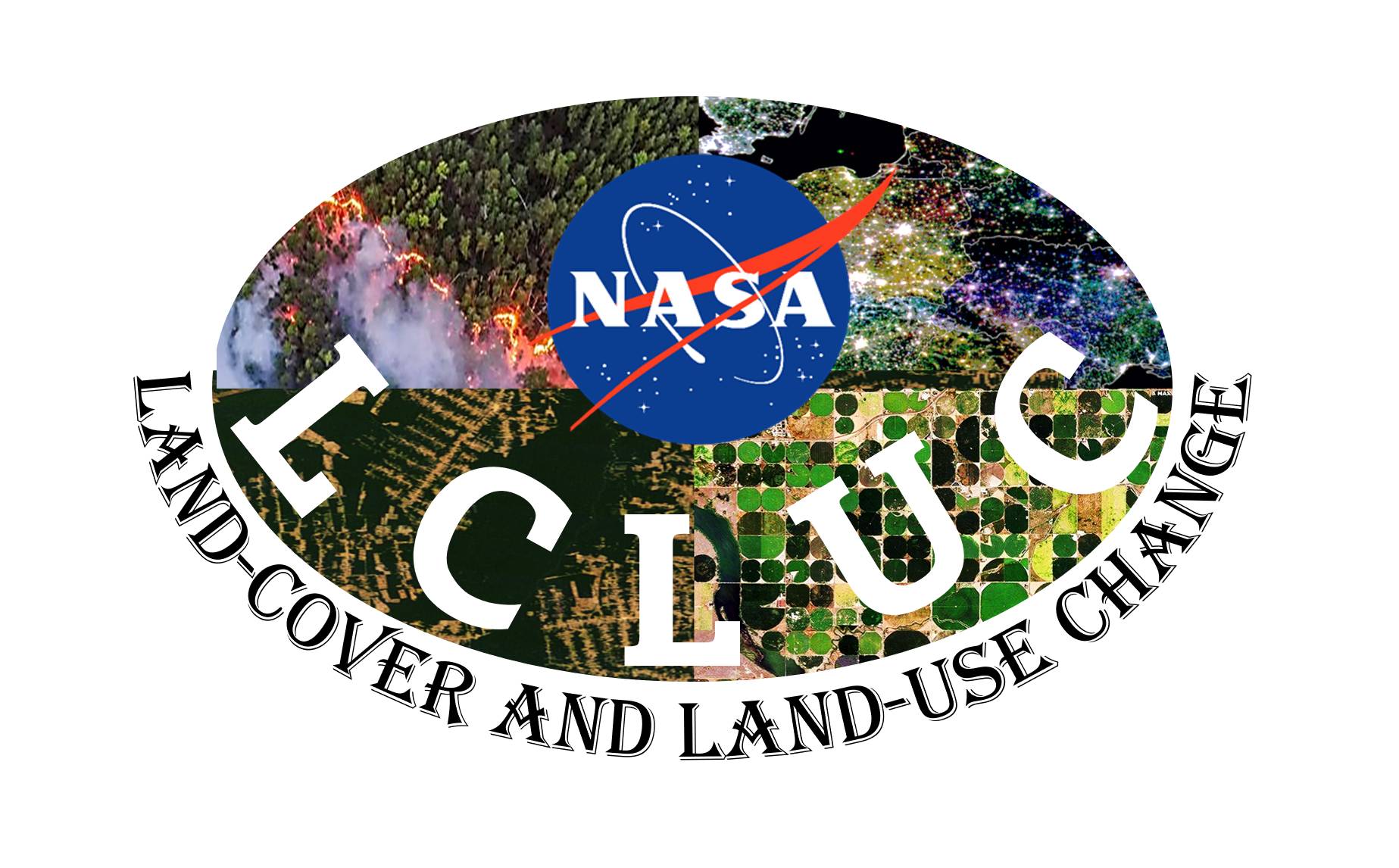The NASA Harmonized Landsat and Sentinel-2 (HLS) Product
The first informal meeting on the idea of combining Landsat and Sentinel-2 data for improving science and applications by reducing the gaps in observations started in a small room at UMD with French researchers from CESBIO and ESA. The idea was supported by Mike Freilich, NASA HQ who at that time had a leadership role in CEOS. This idea was initially implemented through the LCLUC Multi-Source Land Imaging (MuSLI) initiative. Dr. Gutman (the LCLUC Manager) insisted that each pre-processing step (calibration, atmospheric correction, any sun-target-sensor angle effect correction) be verified and intercompared between the Landsat data stream processing and that of Sentinel-2, developed by ESA. Dr. Garik Gutman oversaw the project and appointed Dr. Jeff Masek (NASA GSFC) to be responsible for further developing the project in coordination with Benjamin Koetz (ESA). Once NASA/UMD scientists learned how to access Sentinel-2 data and understand the processing, the software for a Harmonized Landsat and Sentinel-2 processing was developed at GSFC, in collaboration with Europeans. Drs. Jeff Masek and Junchang Ju were responsible for the processing software development and Dr. Eric Vermote and his team were responsible for atmospheric correction. The HLS product is a 30m global time series of Landsat 8/9 and Sentinel-2, developed as parallel processing streams and merged into a combined HLS product. The product increases the frequency of single system observations and is widely used for both science and applications. When Jeff Masek retired from GSFC, the responsibility of continuing the improvement of the software and additional higher level HLS product generation was transferred to Chris Neigh (GSFC). Global processing is now being done by the NASA MSFC under the Interagency Implementation and Advanced Concepts Team (IMPACT) cloud computing project, while distribution is carried out through LP DAAC page: https://lpdaac.usgs.gov/products/hlsl30v002/ and EDSC: https://search.earthdata.nasa.gov/search?q=HLS.
The first science users of HLS datasets were investigators in the Land Cover Land Use Change Program under the Multi-Source Land Imaging (MuSLI) component of the program. Examples of applications can be found on the webpage https://lcluc.umd.edu/. A description of the HLS dataset is given at https://ntrs.nasa.gov/citations/20190028663.
Chris Justice (LCLUC Project Scientist) is co-author on the paper on HLS published in Remote Sensing Environment with: Claverie, M., Ju, J., Masek, J. G., Dungan, J. L., Vermote, E. F., Roger, J.-C., Skakun, S. V., & Justice, C. (2018). The Harmonized Landsat and Sentinel-2 surface reflectance data set. Remote Sensing of Environment, 219, 145-161. https://www.sciencedirect.com/science/article/pii/S0034425718304139?via%3Dihub
Krishna Vadrevu (LCLUC Program Deputy Manager) has been instrumental, in bringing in HLS products as high-priority item for the Satellite Needs Working Group solutions and in developing plans for the future.
